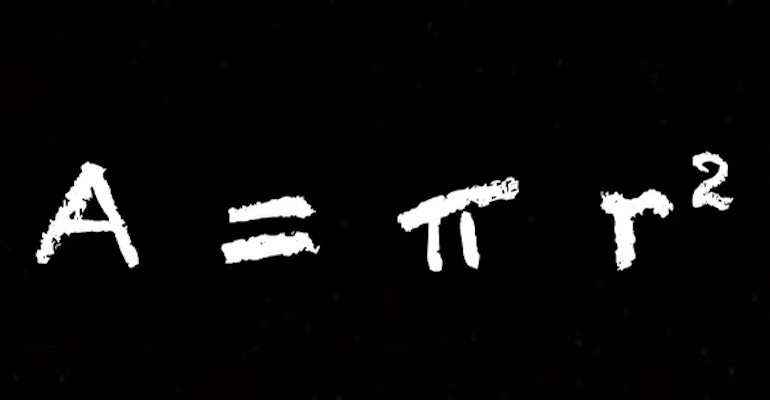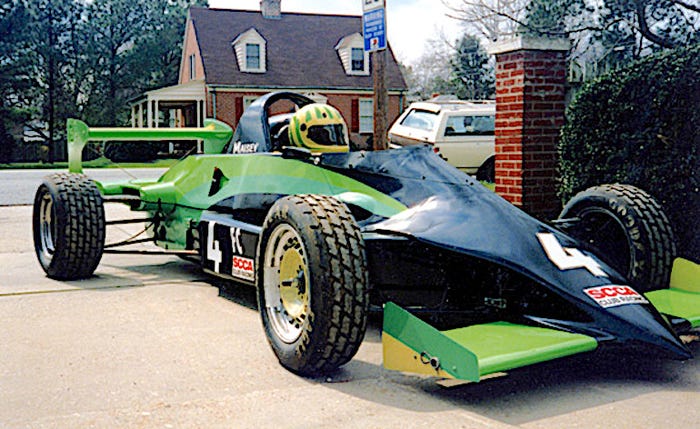A Pi Day Story of a Real-World Application
The answer to the question, "When will we ever use this in the real world?"

The value of Pi and its relationship to the area of a circle, A = π r2, has been understood since the ancient Babylonians somewhat sloppily rounded its value to 3.
And probably ever since that time, students learning this relationship have probably groused that this is useless information that they will never apply in the real world.
However, I have actually witnessed the use of Pi in a real-world setting, if the paddock of a Sports Car Club of America race can be considered real.
On one occasion, after my friend Bill Maisey (who was then an engineer at the U.S. Naval Weapons Station in Yorktown, Va.) had fallen afoul of SCCA technical officials, his race car was subjected to a spot technical inspection. One of the items of scrutiny was his car's head restraint, which by rule had to have a minimum size.
However, his car, a 1986 Reynard Formula 2000, employed a circular pad as its headrest rather than the more commonplace rectangular pad. The inspectors evidently were only accustomed to the same base times height equation for the area of a rectangle and were befuddled by this circular pad.
Bill recalled the situation: "The boys carefully measured each number on the car for compliance BUT not being the sharpest sticks in the pile could not figure out how to measure the area of the headrest. I noticed them whispering among themselves and trying to measure the ROUND headrest. They finally left without comment."
Bill's subsequent response to their confusion was to helpfully provide the crucial A = π r2 equation for their reference. "For the next race at Summit Point I painted the equation for the area of a circle prominently on the headrest," he explained. "A stream of the tech boys came by over the race meet to whisper, point, and take photos. No one said anything."

Naturally, formula car head support technology has advanced significantly since Bill's Reynard was built in 1986, as can be seen in this video about the driver's head support system in the Mercedes-AMG Petronas F1 car.
About the Author(s)
You May Also Like





